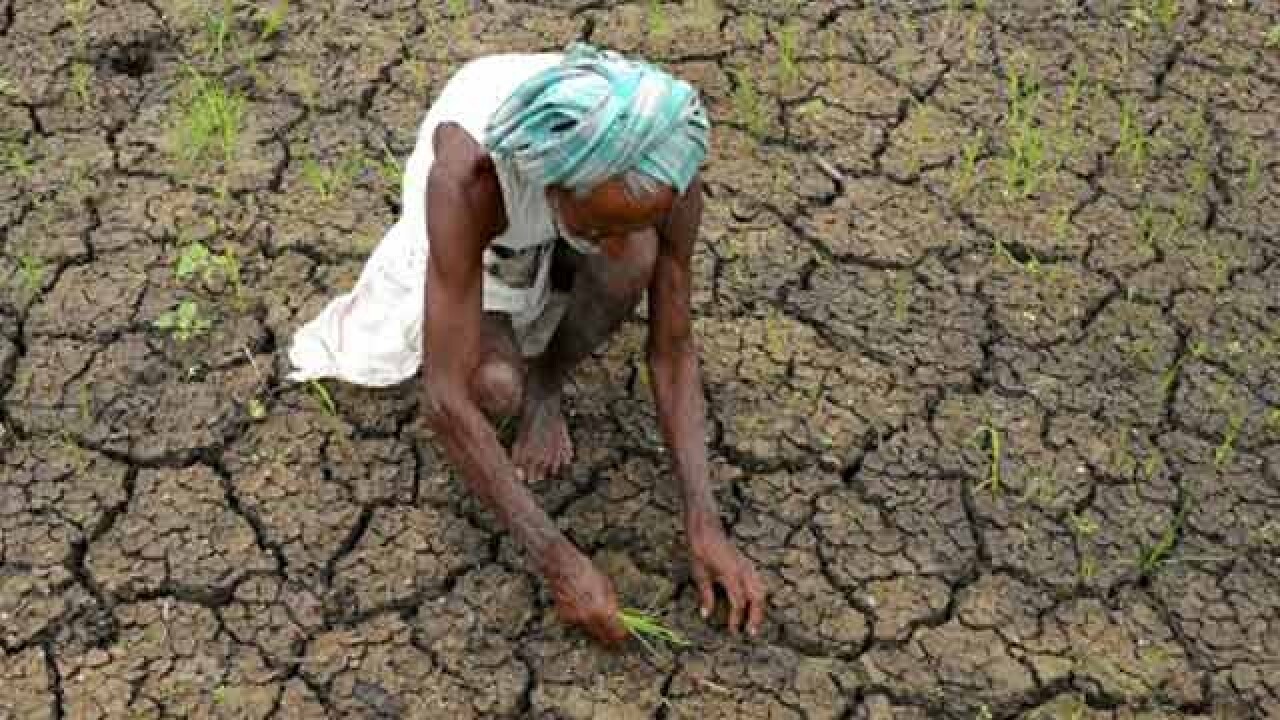
The magnum package from the Centre to help Maharashtra tide over the drought is a feather in the cap for Chief Minister Devendra Fadnavis. The CM, repeatedly harangued by the Opposition over rising farmer suicides, was depending on central aid to bail him out. Flush with Rs9200-crore, Fadnavis’s primary aim is to bring the two worst hit regions — Vidarbha and Marathwada — under the irrigation network as well as cater to the parched lands of some parts of western Maharashtra.
Can Fadnavis deliver is the moot question? The previous Congress-NCP government had failed miserably because despite having the highest number of dams in the country, only 18% of the state’s total arable land of 22.5 million hectares comes under the irrigation network. At Rs20 lakh, the cost of irrigation per hectare of land is also the most expensive in this country. This means despite spending more than Rs1.18 trillion between 2002-3 and 2012, 80% of the farmers in the state are still dependent on a robust monsoon. For several years now, Marathwada and Vidarbha have been in the spotlight for farmers’ suicides, raising doubts on how an astronomical amount was spent ostensibly to help the tillers, and, crucially, why the vulnerable regions didn’t benefit from these irrigation projects.
In the next three years, Union minister for water resources, Uma Bharti, has agreed in-principle to shoulder 90% of the total Rs28,500 crore cost to complete 219 irrigation projects covering 200 drought-prone tehsils. These projects will fall under the Pradhanmantri Krishi Shinchan Yojana. Along with these irrigation initiatives, Fadnavis’ pet project, the flagship Jalyukta Shivar Abhiyan (water conservation measures) will continue in rural Maharashtra to ensure that by 2020, the state becomes a drought-free zone. As part of a multipronged strategy to mitigate the impact of drought, Maharashtra has also received central aid to tackle the rural drinking water crisis.
However, there are other angles to the drought than lack of irrigation facilities. One of them is water politics — where lands in the downstream are at the mercy of the dams in the upper reaches of the river. It thus becomes a powerful tool for politicians to pressurise the disadvantaged agrarian community. Politics also plays a damaging role with the virtual monopoly of the sugarcane lobby, backed by a very powerful political class in the state legislature. The other factors include random extraction of groundwater and the propensity of farmers to sow water-intensive crops for higher monetary returns. Given the scale of the agricultural disaster, the state government cannot abdicate its responsibility of putting in place a policy that educates farmers about sustainable agricultural practices. The state government’s recent initiative of sending farmers to study the drip irrigation system in Israel is a laudable step. Israel is one of those countries that has made the most of its meagre water resources to turn agriculture into a viable and profit-making enterprise.
Countrywide, this is possibly the darkest days for agriculture. Still the largest employer in the country, agriculture is currently undergoing an unprecedented crisis, not just because of the vagaries of nature. The government’s overemphasis on industries has turned its attention away from the agrarian community that is responsible for providing food to the nation. This continuous neglect comes with grave repercussions. India being predominantly an agricultural economy, it implies an overwhelming dependence on farm produce. Hence it is imperative for the Centre and states to work jointly to revive the farm sector.